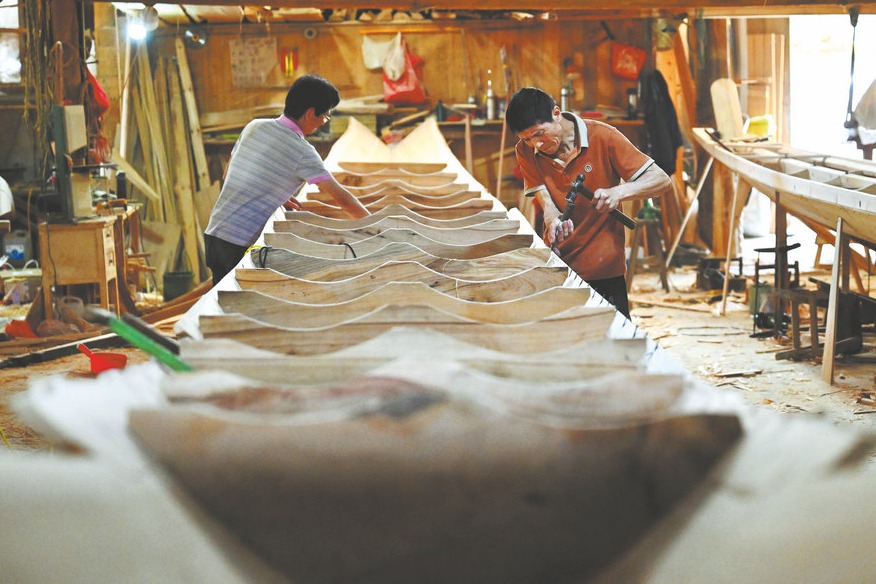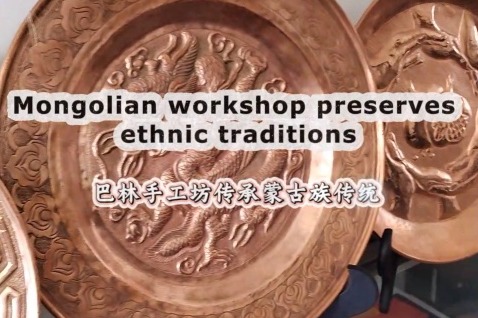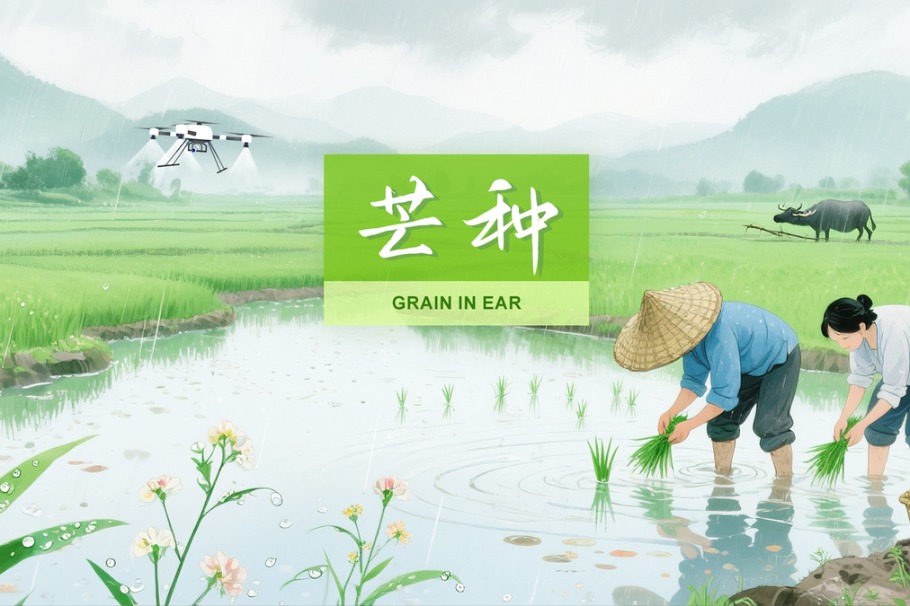Jade craftsmanship helps carve out more opportunities


Time-honored glory
This natural endowment has made Nanyang a jade processing center since ancient times.
The Huangshan site in the city located about 40 kilometers to the east of Zhenping was discovered by archaeologists to be a large central settlement from around 7,000 years ago, which was dedicated to jade and stone processing and exchange.
Excavation of the site by the Henan Provincial Institute of Cultural Relics and Archaeology and the Nanyang City Institute of Cultural Relics and Archaeology from May 2018 to January 2022 revealed traces of one dock and one section of a canal, more than 40 houses, and stone or jade workshops as well as more than 40,000 stone or jade objects.
The dig filled a gap in the understanding of Neolithic jade manufacturing sites in the Central Plains and the middle Yangtze River. Experts have called it the first jade workshop in the prehistoric Central Plains.
"The site features 'workshops in the front and residences in the back' for jade crafting, with well-preserved semi-finished jade and stone products and a rich collection of jade artifacts and processing tools that show the jade-making process," Song says.
As the Huangshan site reinforced Nanyang's status as an important jade-making center, Zhenping proved to be the jewel of the crown.
"It is an important part of the jade culture in Nanyang," Song says.
In 1975, two jade shovels unearthed from Zhenping proved to originate from the Xia Dynasty (c. 21st century-16th century BC).
According to archaeological studies, the county's jade processing began in the Stone Age and its further development took initial shape during the Xia and Shang (c. 16th century-11th century BC) dynasties.
It flourished in the Han (206 BC-AD 220) and Tang (618-907) dynasties and was refined in the Ming (1368-1644) and Qing (1644-1911) dynasties before continuing to enjoy its popularity until today.
In 1953, the Zhenping jade plant, a State-owned business, was established in Zhenping, followed by a string of plants that were constructed and running in its towns, including Shifosi.
Three years later, Tianjin sent technicians to Zhenping to purchase jade artifacts with cash for the country's jade export business, which led to a discovery of the county's potential in crafting jade artifacts. The central government then provided it with more technology, funding and raw materials support.
Zhenping was put on the map among markets at home and abroad in 1993 when the first international jade carving festival was hosted.
"On the day the festival began, hundreds of thousands of people poured into the county," recalls Liu Xiaoqiang, a provincial inheritor of Zhenping jade carving, which was named a national intangible cultural heritage by the State Council in 2008.
"All the food prepared by the county's restaurants was sold out and some visitors from nearby towns had no choice but to rely on relatives to get a meal," Liu says.





































